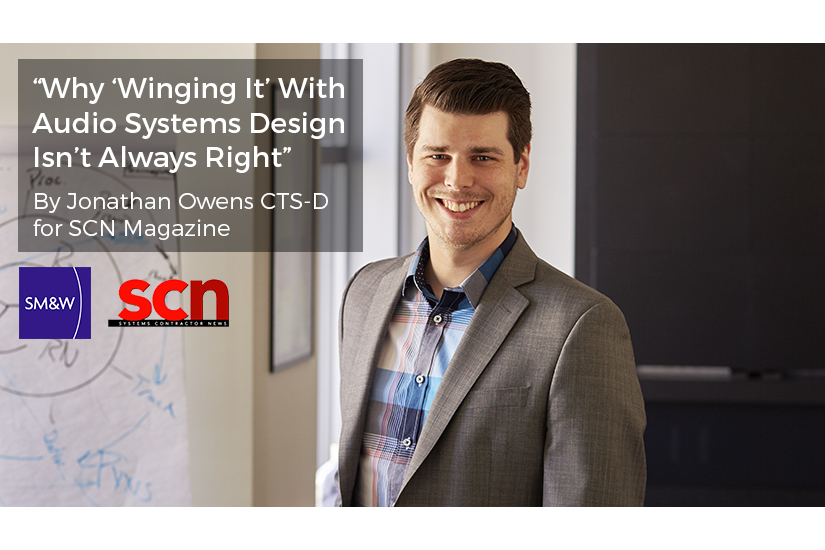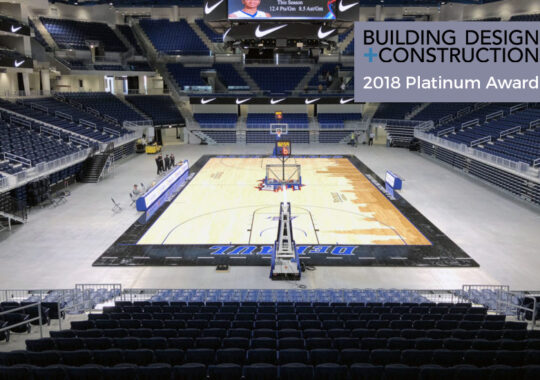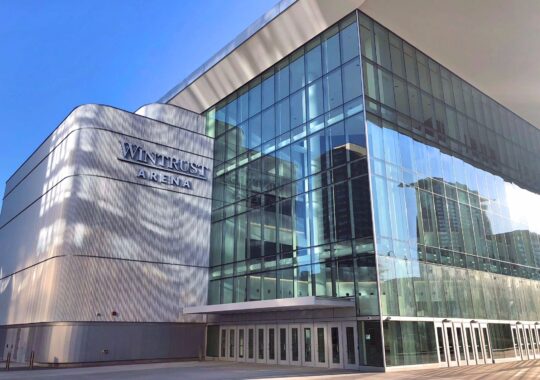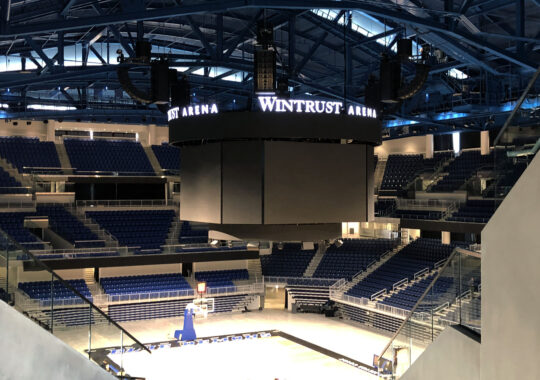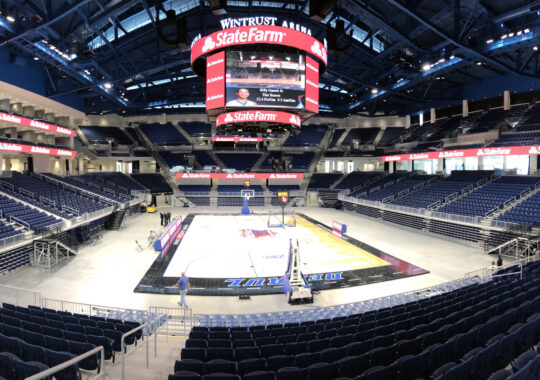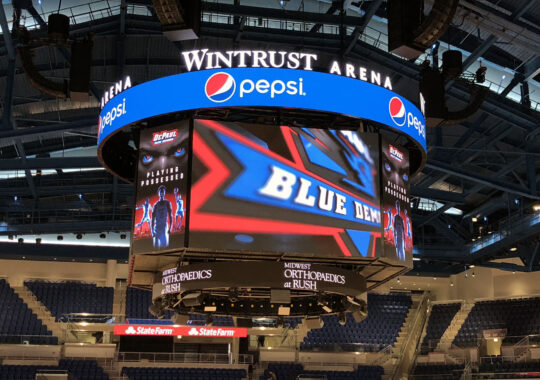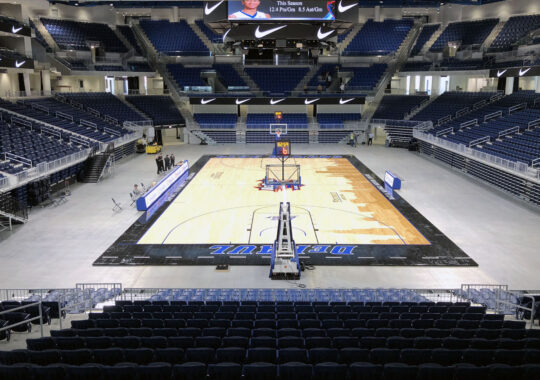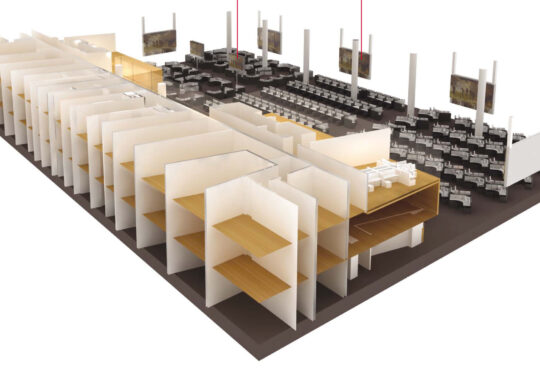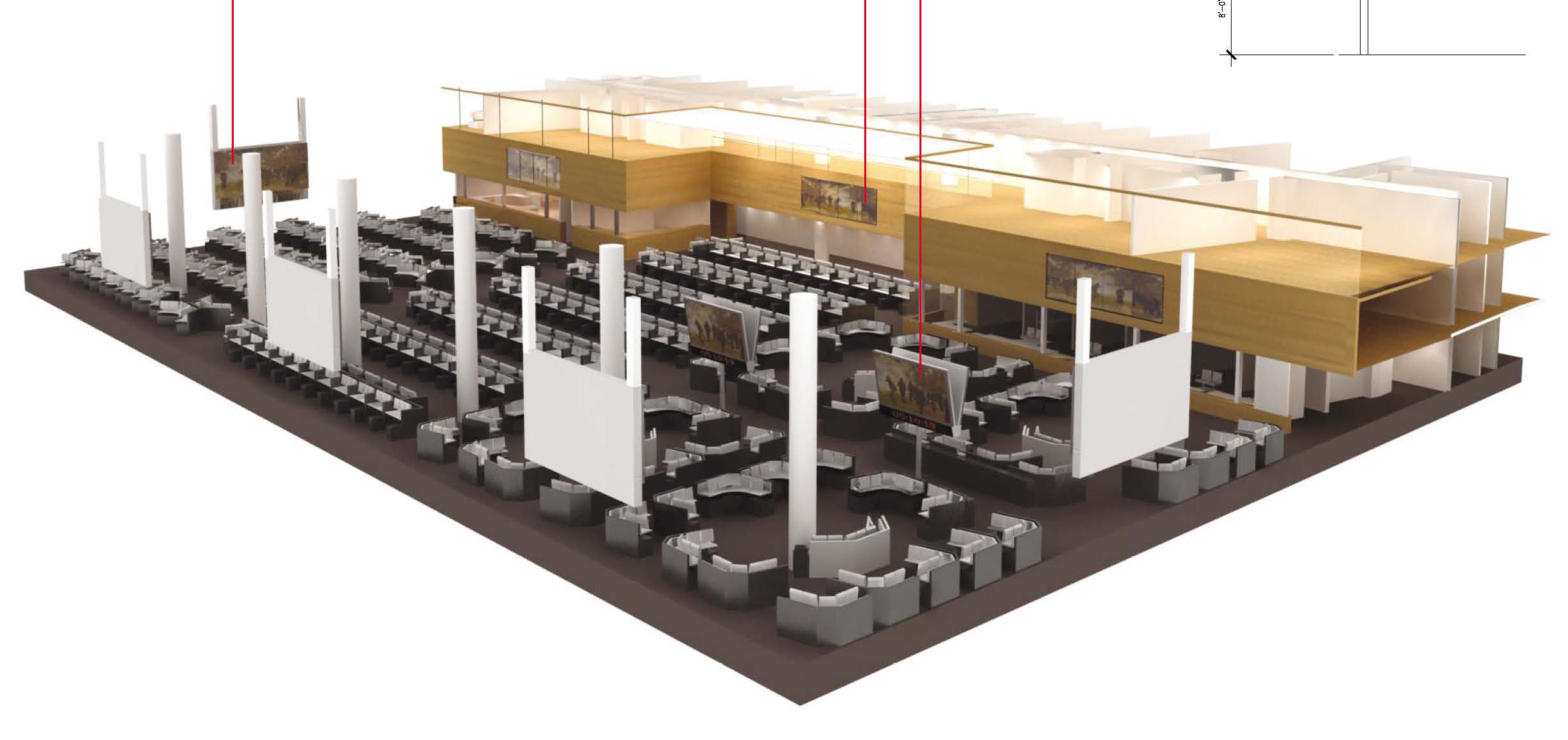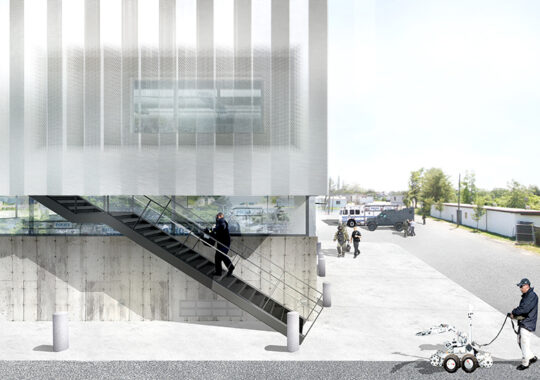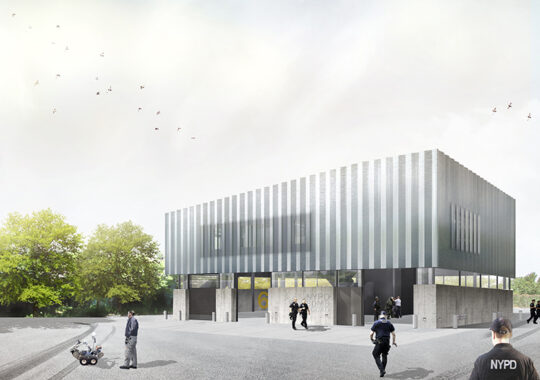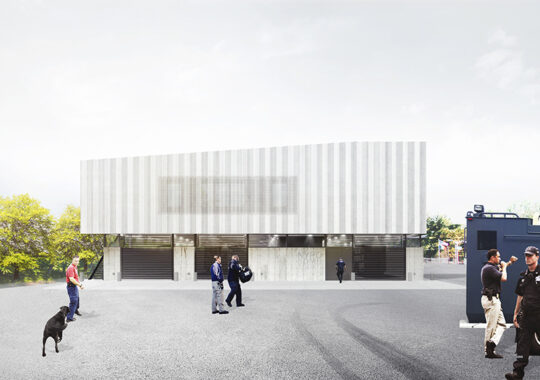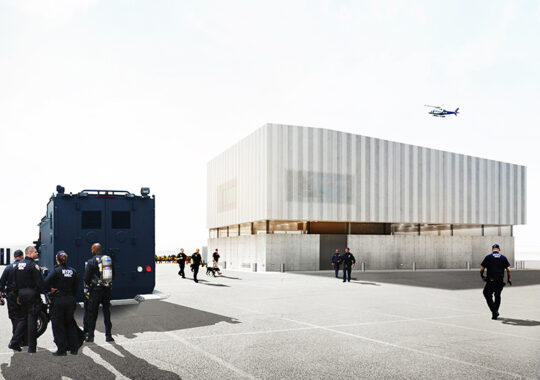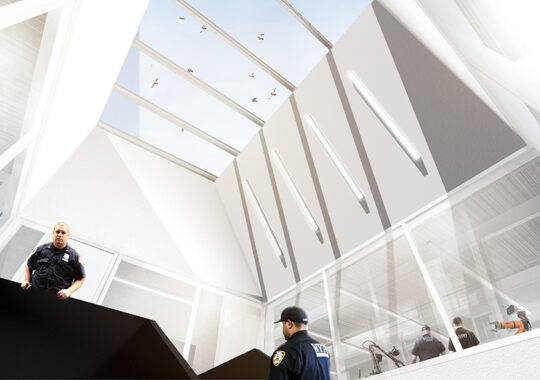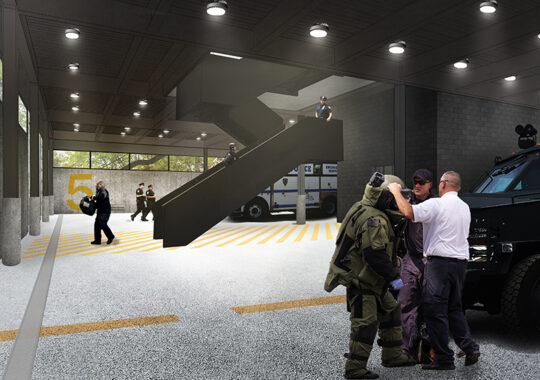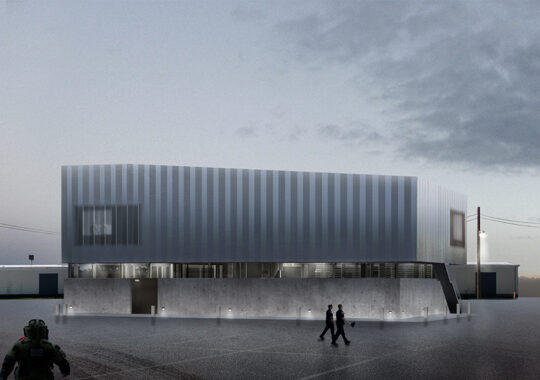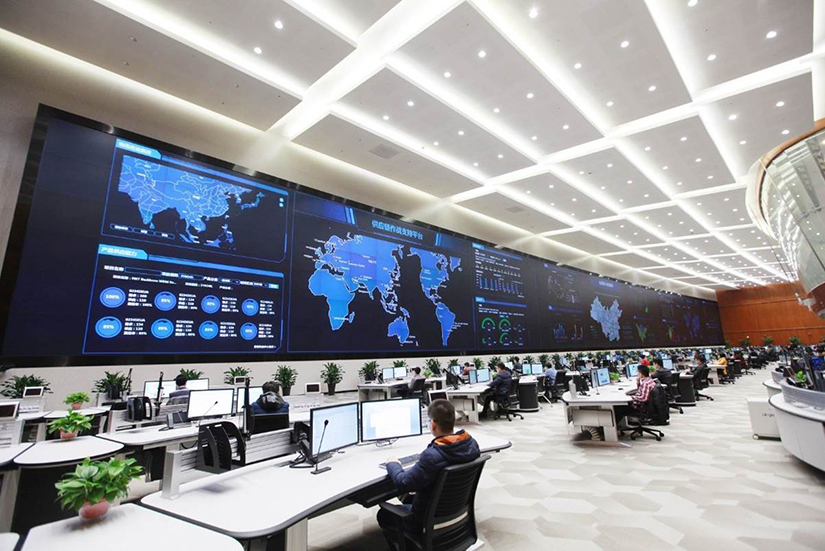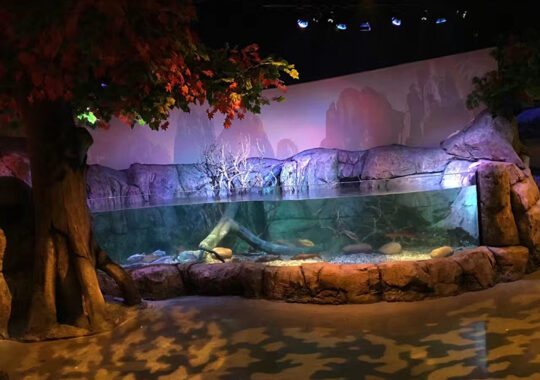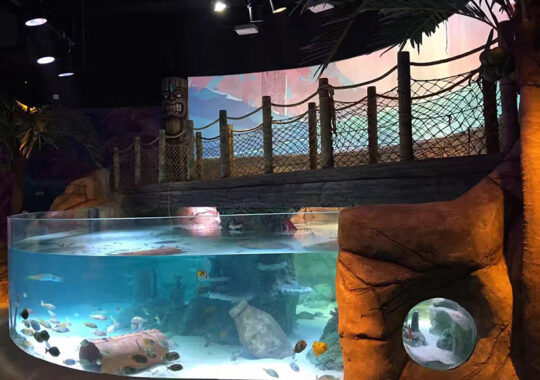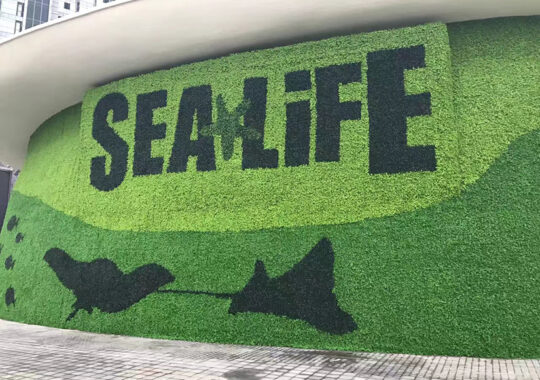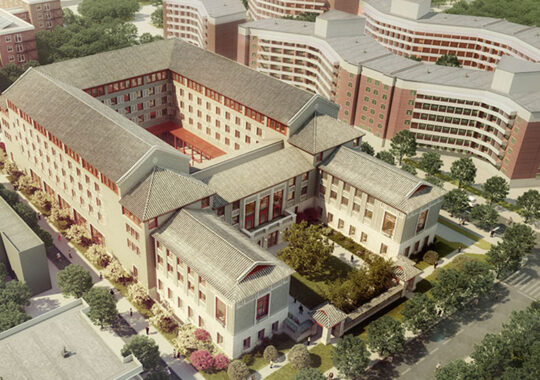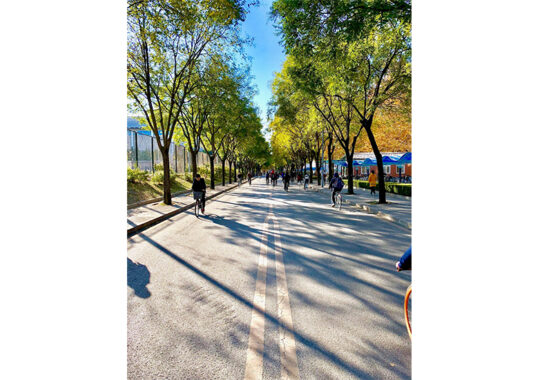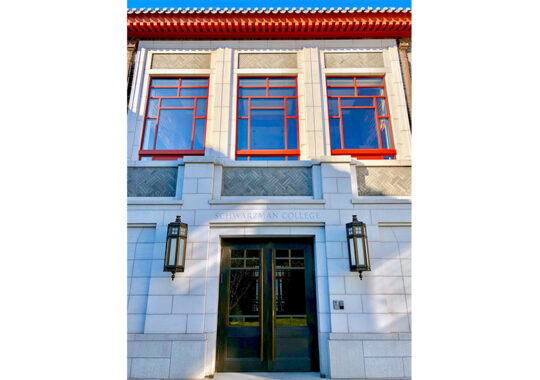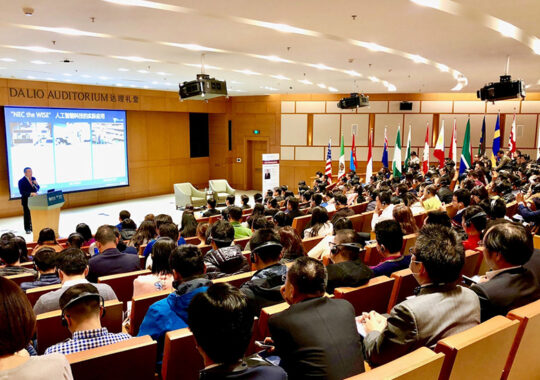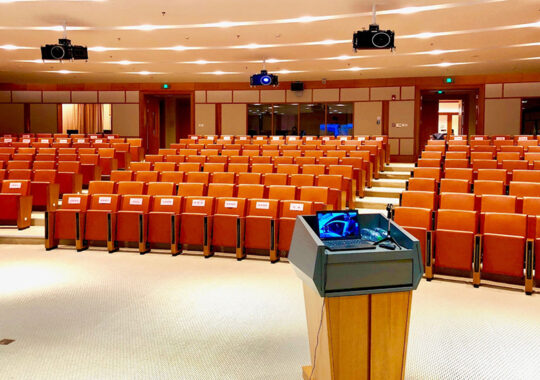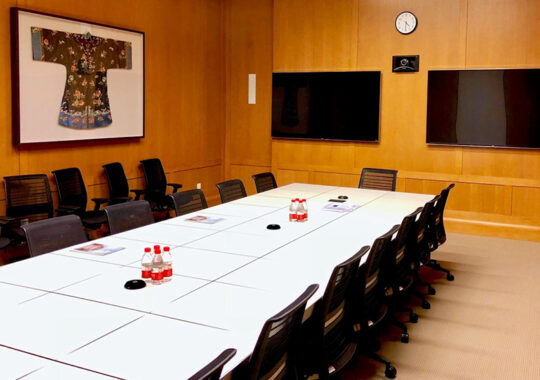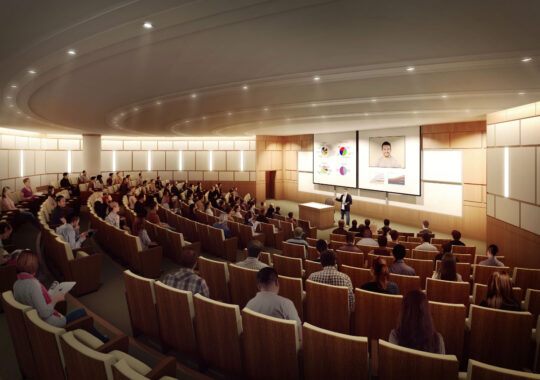Also Published in SCN Magazine
When designing performance audio systems, we often rely solely our judgment and experience to select speaker product and location. However, even with years of experience, it is still a good idea to use calculators and design software to help check your work. This becomes increasingly important in critical listening applications such as theaters, orchestra halls, and arenas. This post will explore a few reasons why using these tools are essential for accurate designs.
Audio Coverage
Confirming proper audio coverage is near impossible to do without some form of calculator or modeling software. With programs like EASE, Room Modeler, ArrayCalc, and many others, designers can place speakers into an environment and generate a heat map of speaker gain coverage. This allows a designer to see how the gain is attenuating over distance, as well as “hot spots” where multi-speaker setups are causing unnecessary loudness.
Using modeling software allows the designer to determine the correct height, angle, and output gain that is needed to generate uniform audio coverage for the audience areas. A designer can also see where there may be a need for fill speakers to help cover an area where sonic shadows are being produced. By placing these fill speakers in the model, and setting the appropriate delay, you can adjust the parameters until uniform coverage is achieved. This tool is critical for designing audio systems, and hard to substitute by looking at spec sheets and placing speakers based on judgment.
Auralization
The same design software can be used to create virtual audio environments that allow designers and clients to listen to a simulation of the space. This is an extremely useful tool to not only allow the designer to check their work in a visual way through coverage, but to get an idea of what it will sound like, since that is what really matters. Software like Bose Room Modeler allows you to take that coverage model you created and assign listening positions to simulate the sonic experience.
Being able to listen to a simulation of the environment is not only a great way to get client feedback, but also a more thorough way for designing an audio system beyond spec sheets and gut instinct.
Reflections and Reverb
On the same note as coverage and auralization, some audio design software will allow the designer to input coefficients for surface materials to accurately calculate reverberation decay time, and frequency response of the room. This is all based on the speakers you have chosen, and the locations you have placed them in, so it’s a very useful tool.
If you had the time you could calculate reverb time and reflections by hand, but that result can be less accurate than simulating the three-dimensional environment. Another useful tool inside some design software is the ability to generate a particle explosion from each of the sound sources. The particle explosion will simulate tiny sound particles launching out into the room from the speaker. The particles will behave just as the coverage properties of the speaker would dictate. This gives the designer an extra level of data to compare with their design. It shows how the sound waves will propose in the room over time. The test allows the designer to see where sound reflects, where it builds up, and how long it takes to decay.
Combining all the tools mentioned provides the designer with a plethora of useful data to help solidify an audio system design. Being able to hypothesize a design, and prove it through the simulations is very gratifying, and leaves you feeling confident that your system will succeed and meet client needs.
>>Learn more about our AV Services
